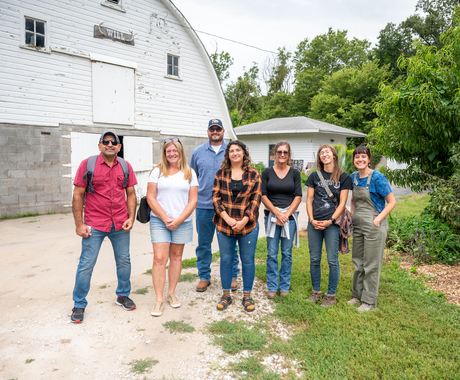Rhea Landholm, brand marketing and communications manager, [email protected], 402.687.2100 ext 1025
LYONS, NEBRASKA - The Center for Rural Affairs today released “Growing Taxes on Nebraska Farms,” a white paper by Josh Henningsen with support from Jordan Rasmussen.
In 2017, several tax reform proposals have been introduced to the Nebraska Legislature by lawmakers citing the need for property tax relief. At the same time, Nebraska faces a projected budget shortfall of nearly $900 million.
“In this environment, an additional income tax cut would effectively reduce state aid for schools and other local governments,” Henningsen said. “This will have the effect of shifting the burden for these programs to local property taxpayers.”
The authors examine the growing shift of Nebraska’s tax burden onto agricultural property taxpayers. They found that more urban counties were able to keep income and property taxes in better balance while rural counties relied on agricultural land taxes.
“During the past 10 years, income tax and total property tax have grown at similar rates,” Henningsen said. “But property taxes on agricultural land have grown twice as fast over the same time period and now bear a significantly larger percentage of the overall property tax burden.”
Thirteen counties are highlighted in the report: Buffalo, Custer, Dawson, Hall, Hamilton, Madison, Merrick, Nance, Polk, Scotts Bluff, Seward, Stanton and York.
To view a copy of “Growing Taxes on Nebraska Farms,” visit cfra.org/publications.




